Abstract
In summary, our data suggest that the playing field for academic medicine is changing. It is more patient care oriented, more multifaceted and supported more by clinical dollars than in the past. Greater flexibility in what constitutes "academic success" is necessary to assure a supportive environment in which tomorrow's academic faculty can develop and flourish. To accomplish these goals promotion systems that reward not only research but also teaching and clinical care accomplishments will be necessary. Clinicians will need to be compared with clinicians, teachers with teachers, clinical investigators with clinical investigators and basic investigators with basic investigators. Sources of support will need to be more clearly targeted along activity lines with clinical dollars supporting the clinician, medical education dollars supporting the teacher-educators and federal and foundation dollars supporting research. In our department, time and effort for research (45%) approximates dollar support for this activity (44%), while clinical dollars (43%) fund to a greater degree time and effort committed to clinical care (34%), and administration and teaching dollars (13%) under fund time and effort committed to these activities (21%). This suggests the need to identify increased funding to support teaching and education. Promotion expectations for women will need to be more flexible and adjusted to family responsibilities and demands. Most of all, however, we academic faculty must support enthusiastically the importance and joy of our work. We must be encouraging to our colleagues and our students and continue to recognize that for all of the difficulties and challenges, academic life is a rewarding and fulfilling enterprise.
Full text
PDF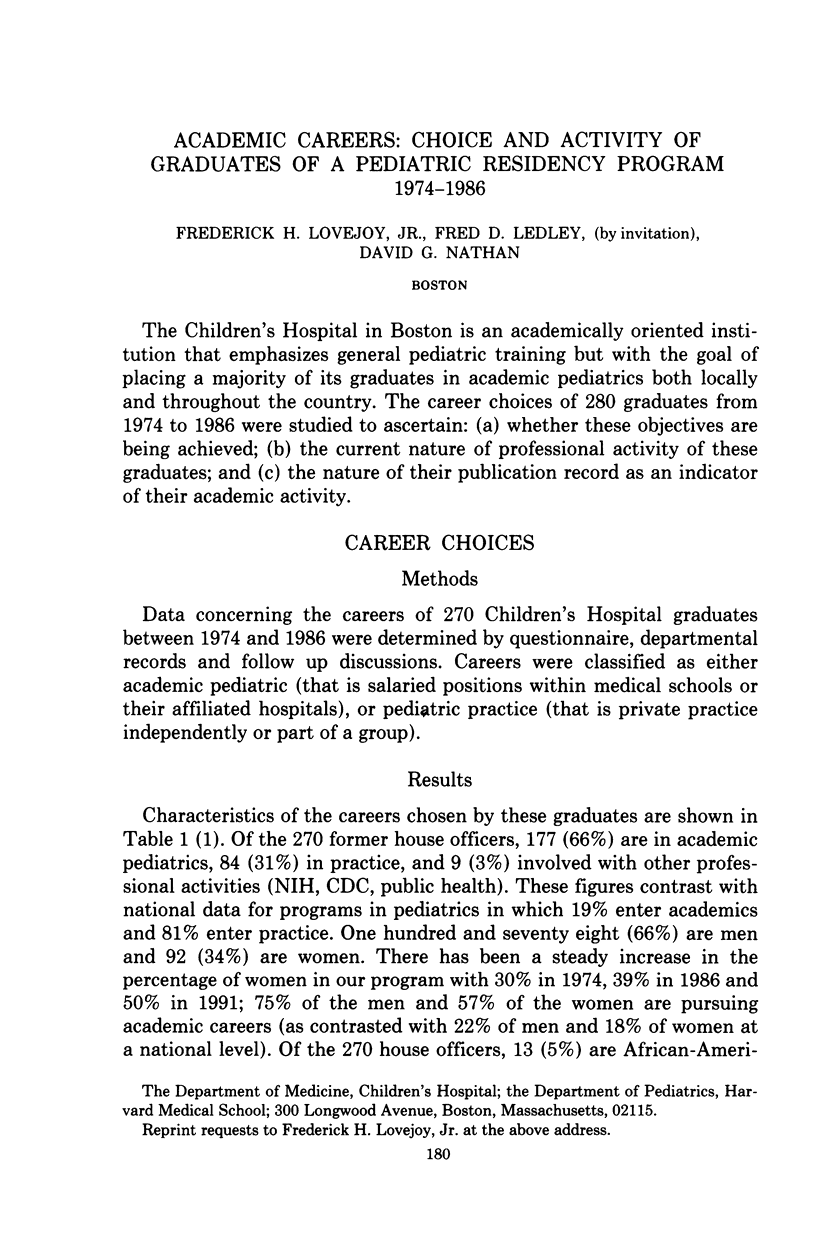
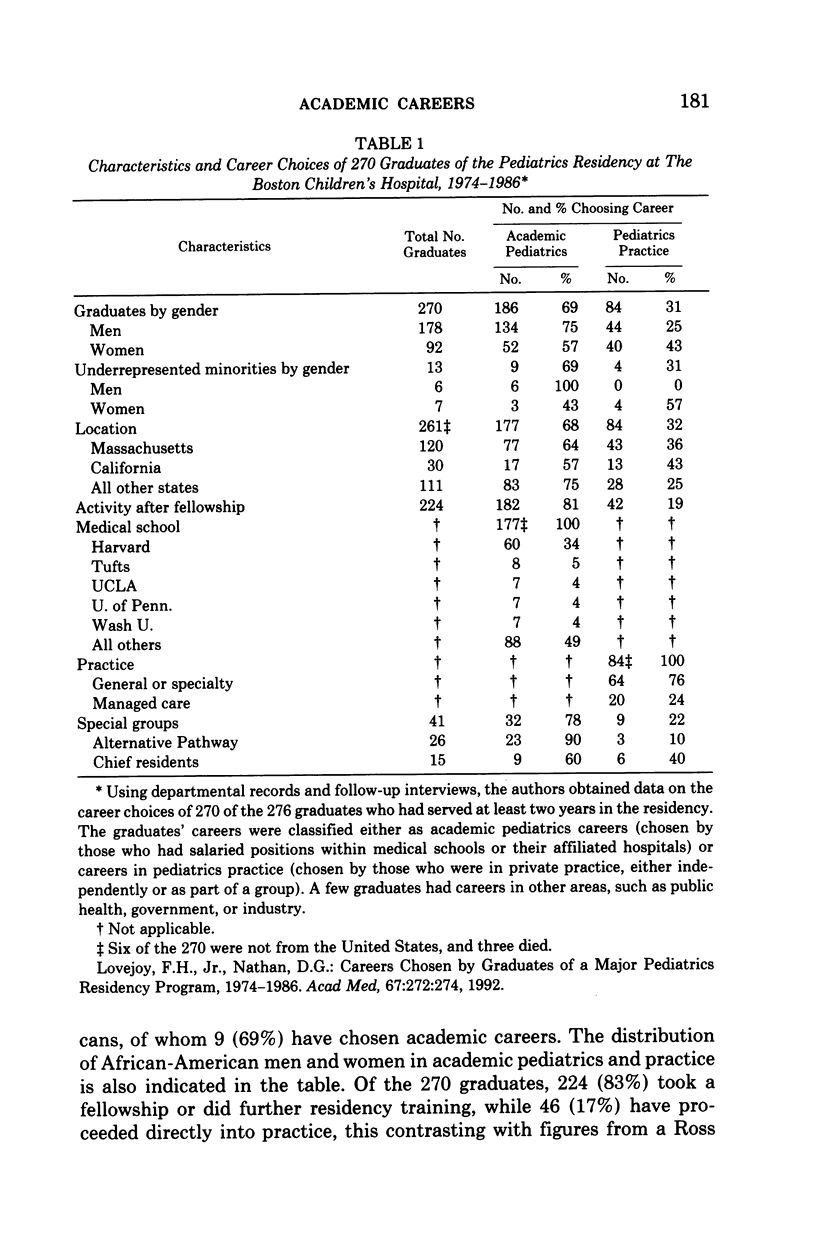
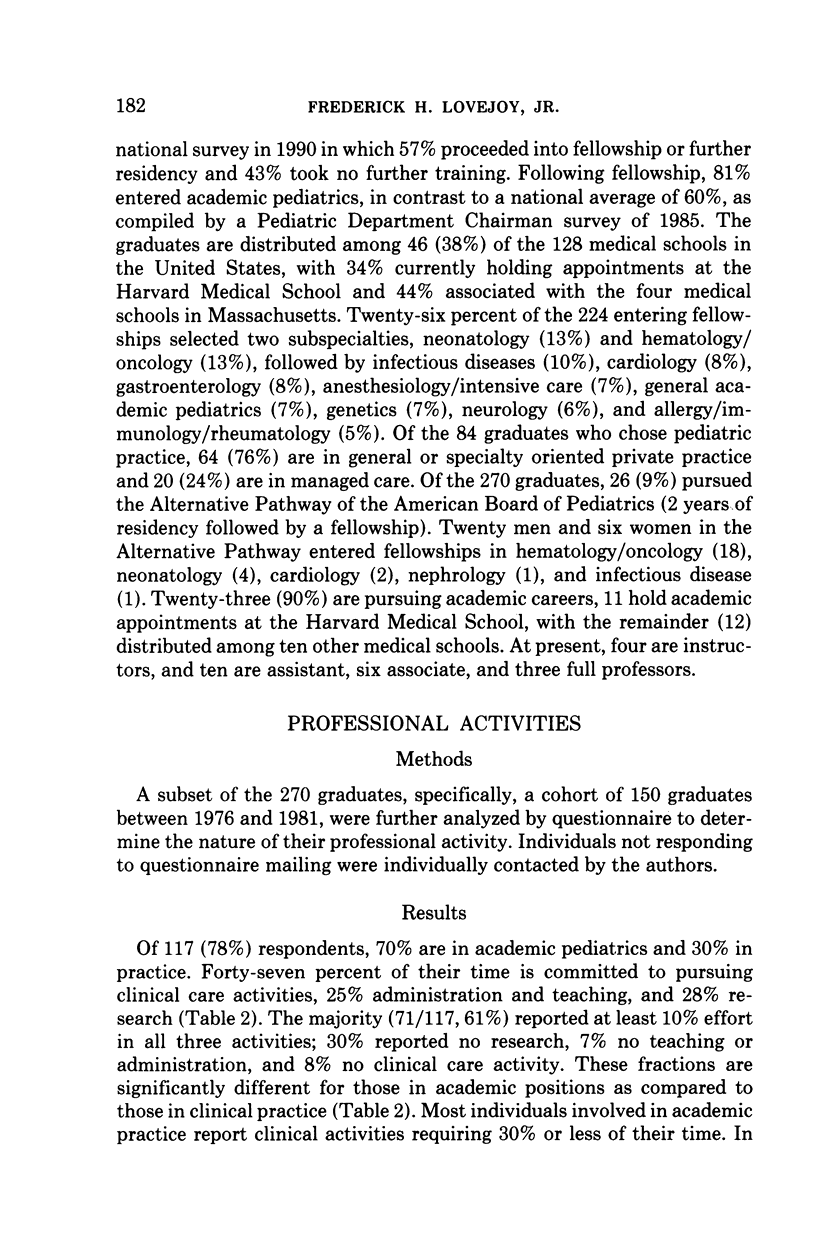
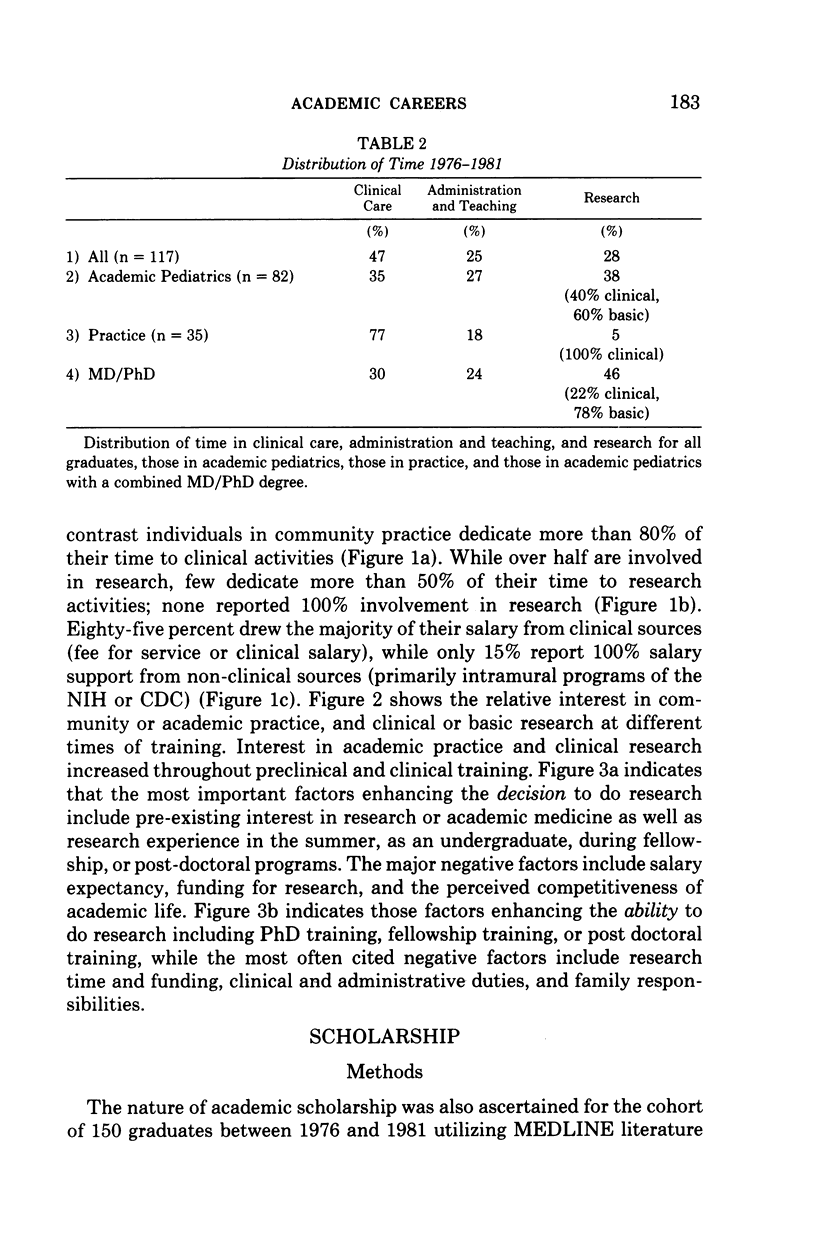
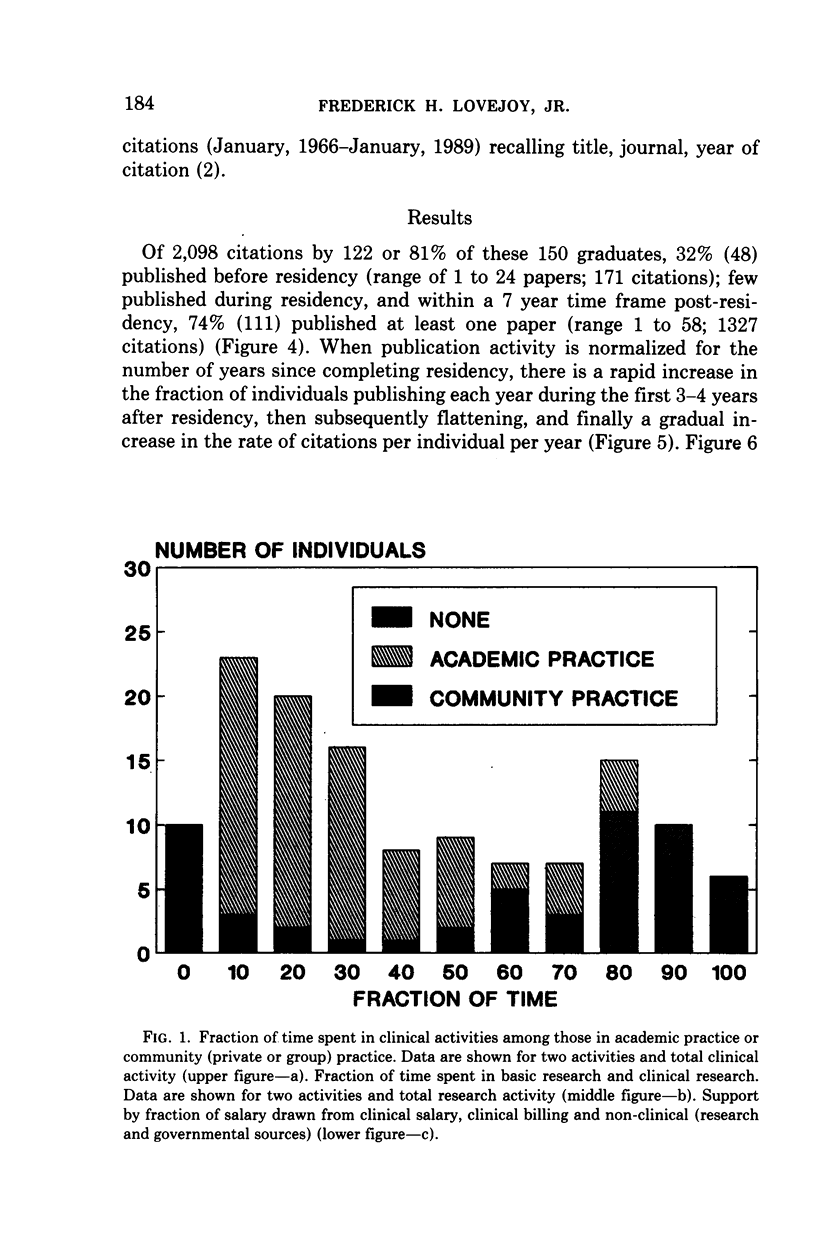
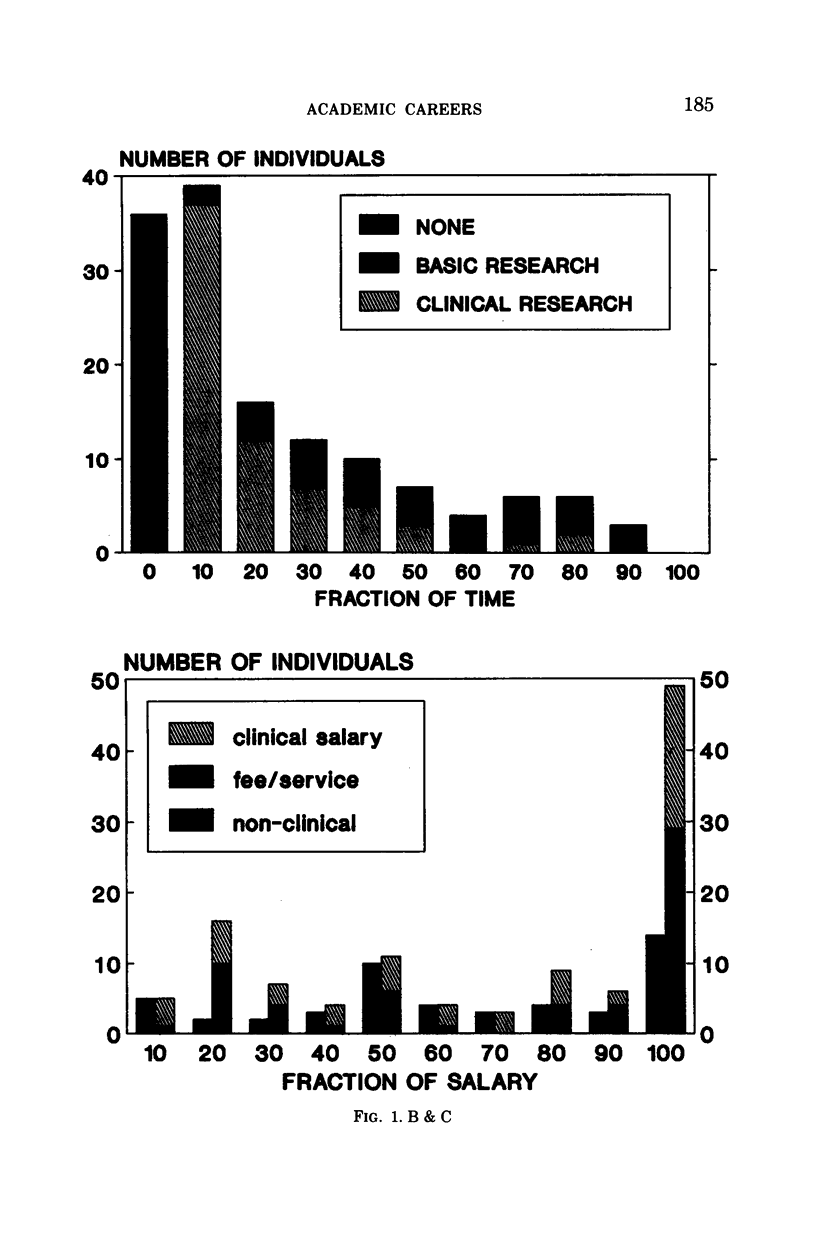
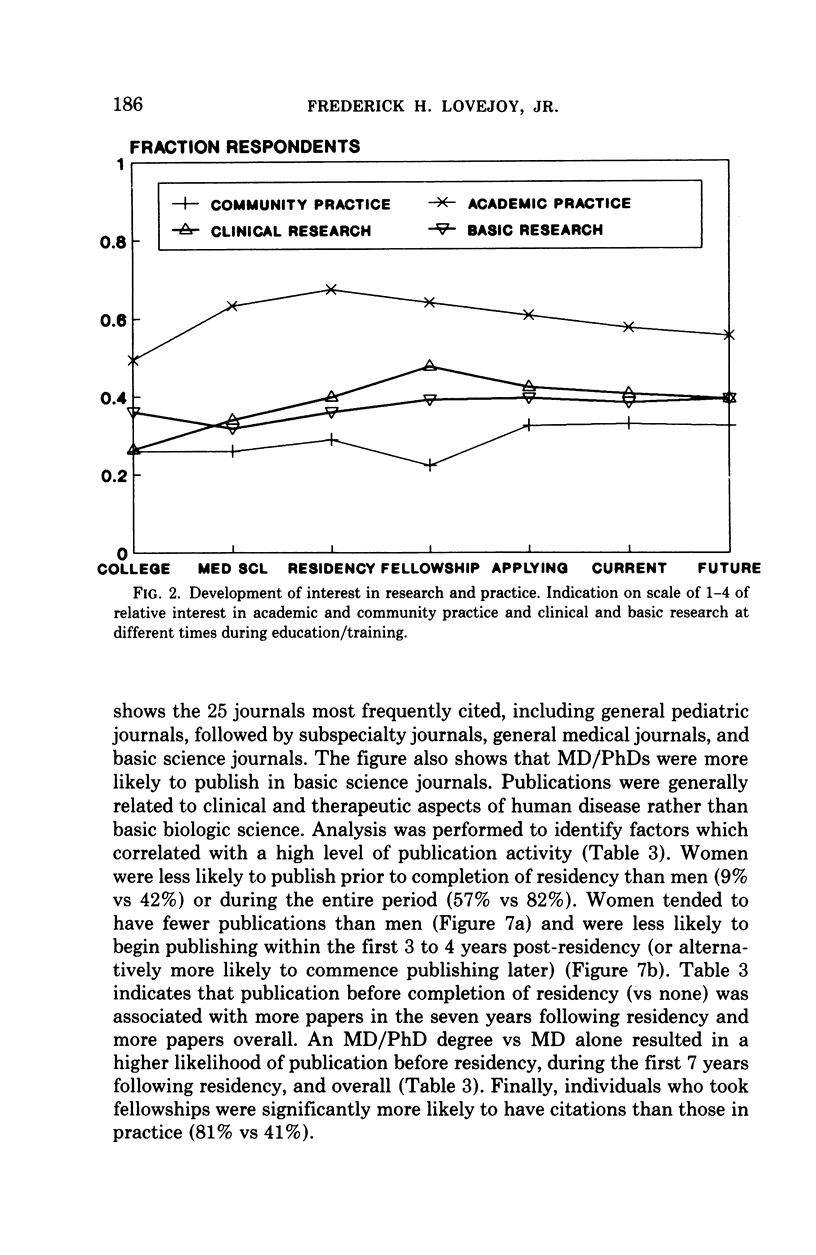
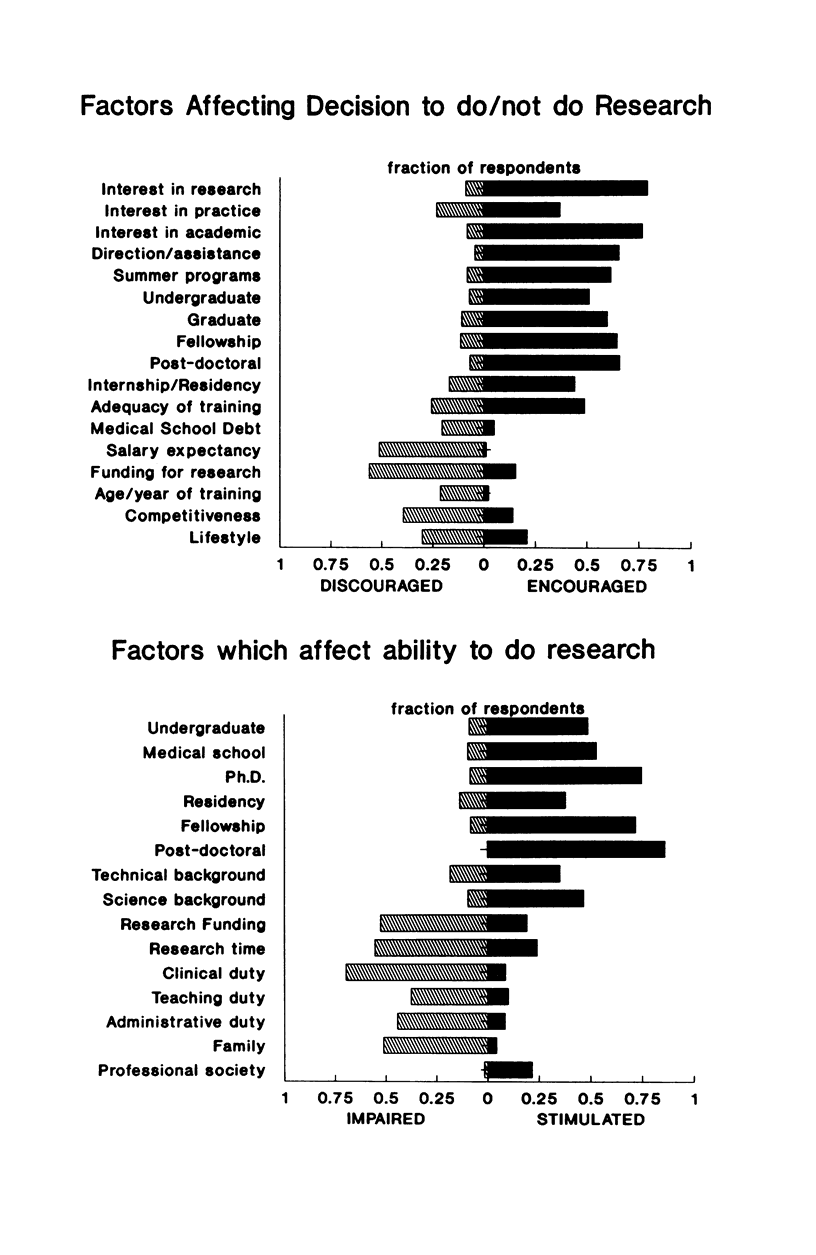
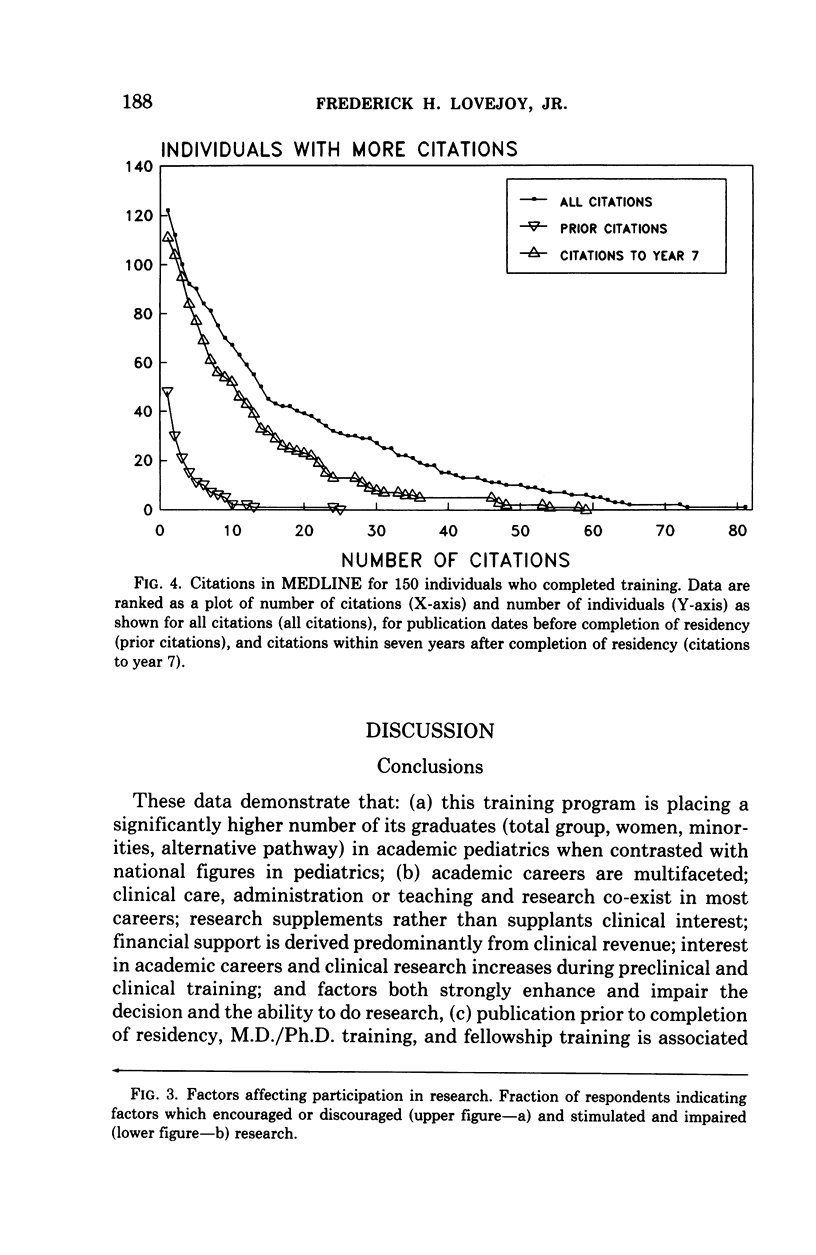
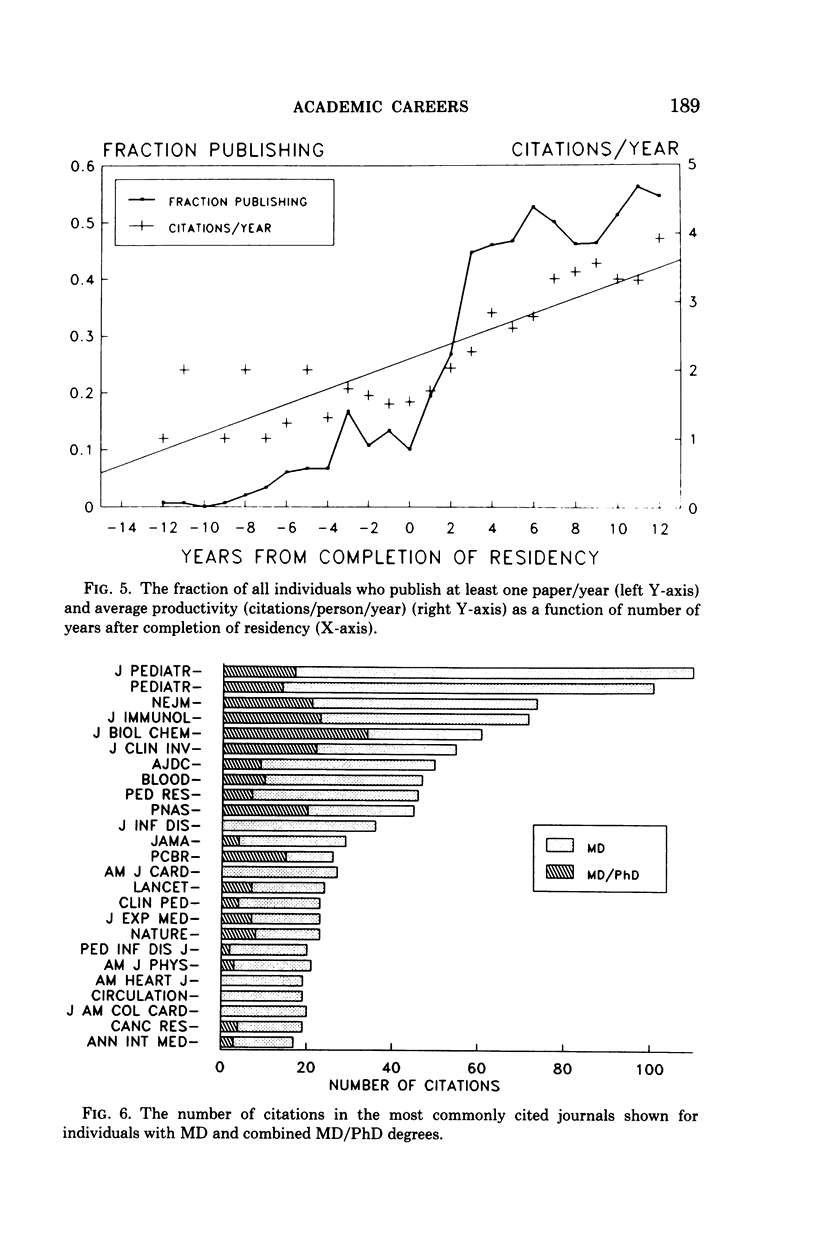
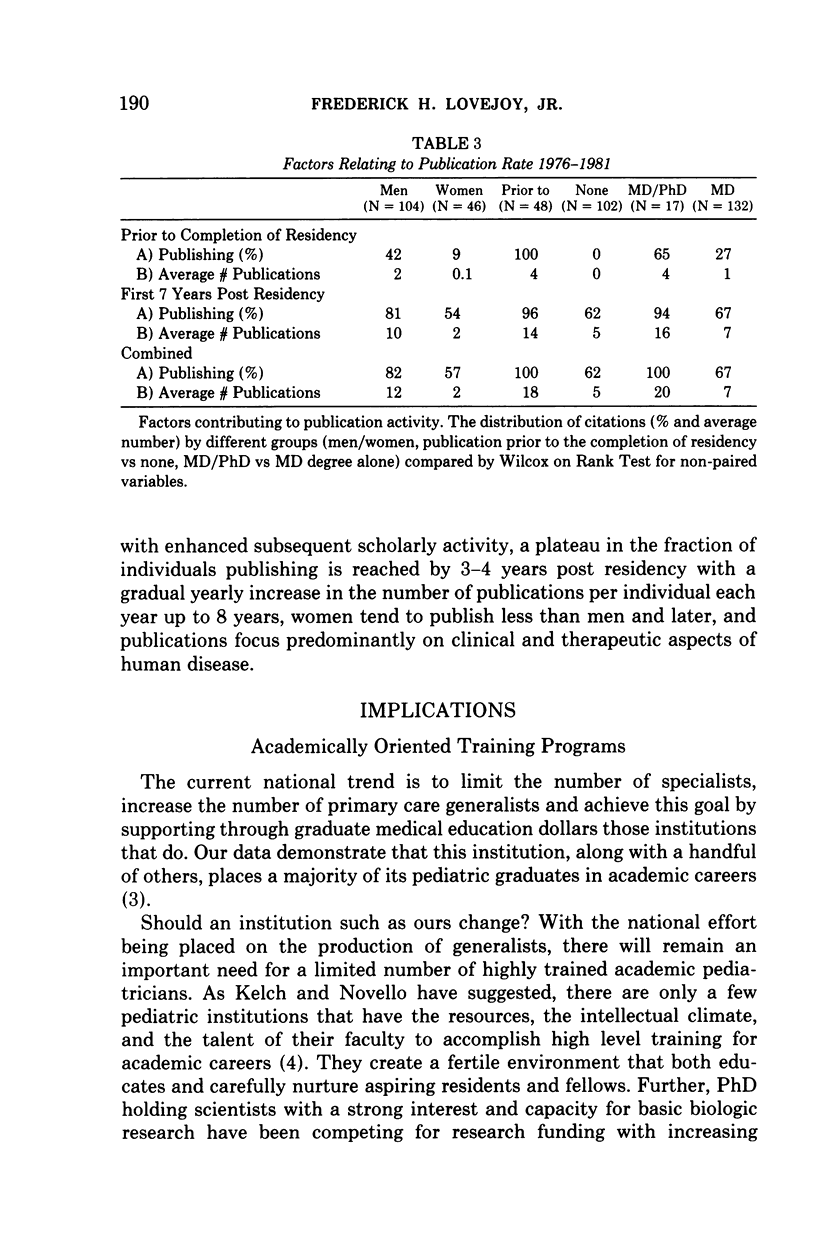
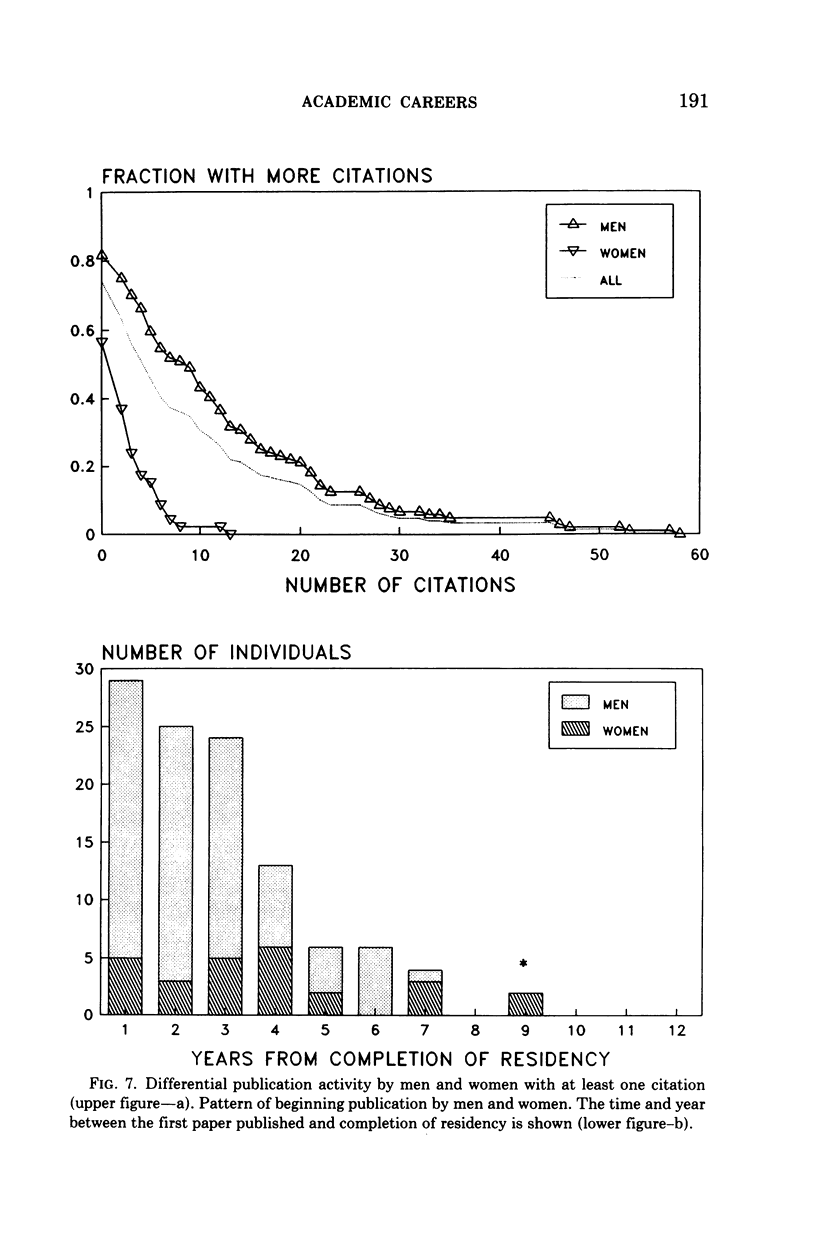
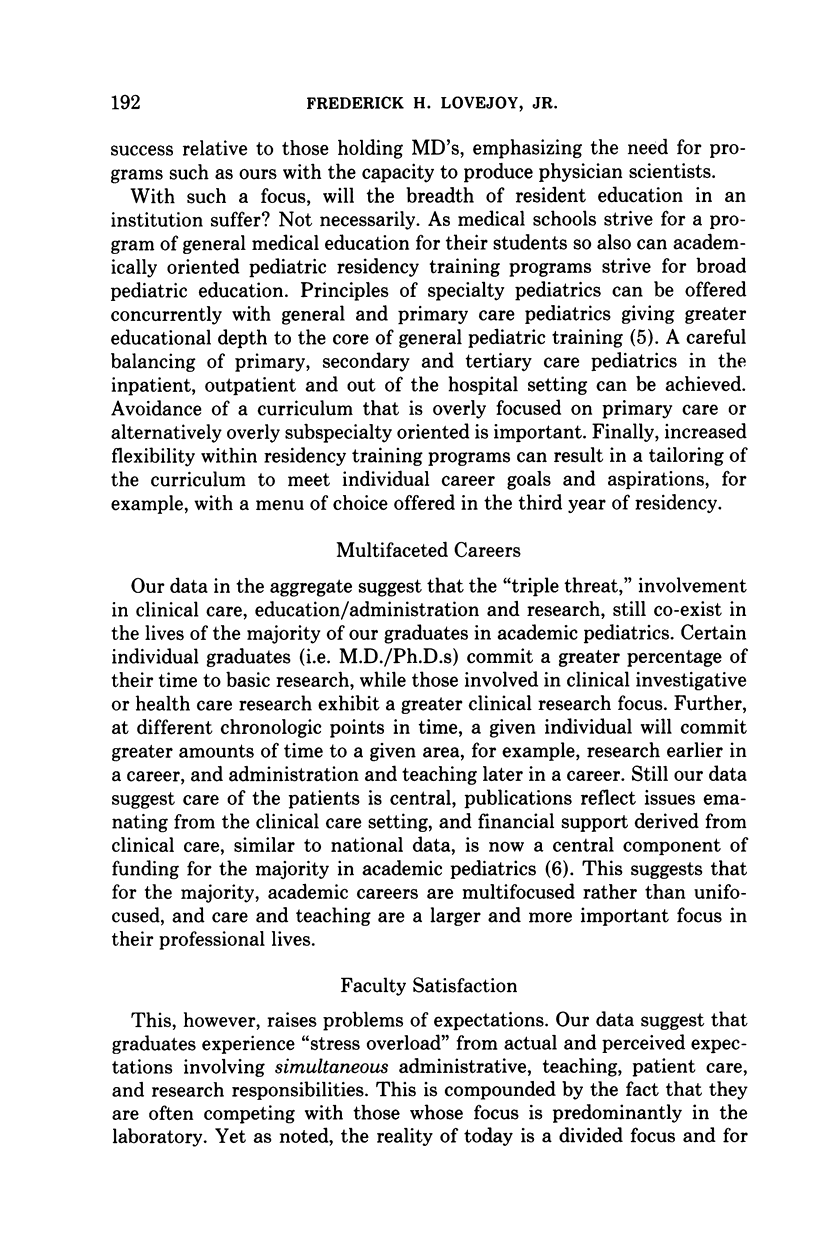
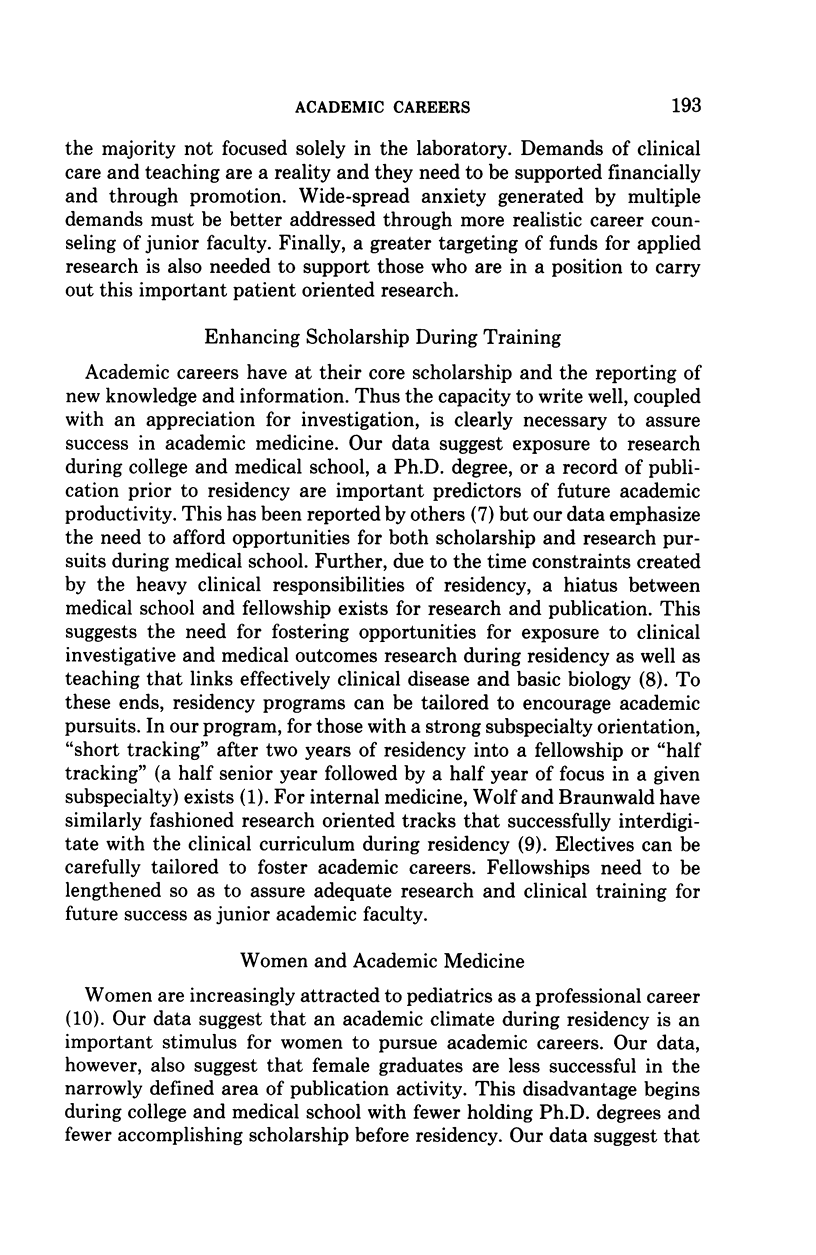
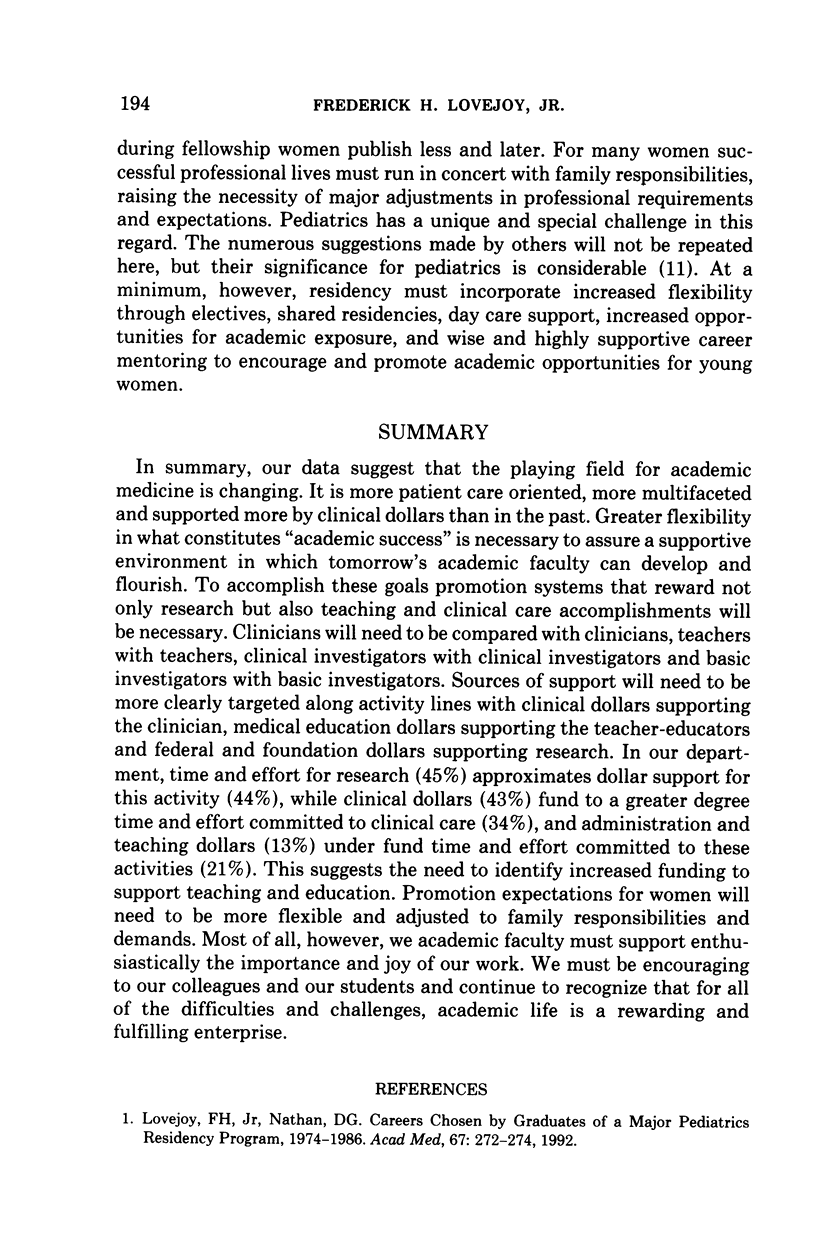
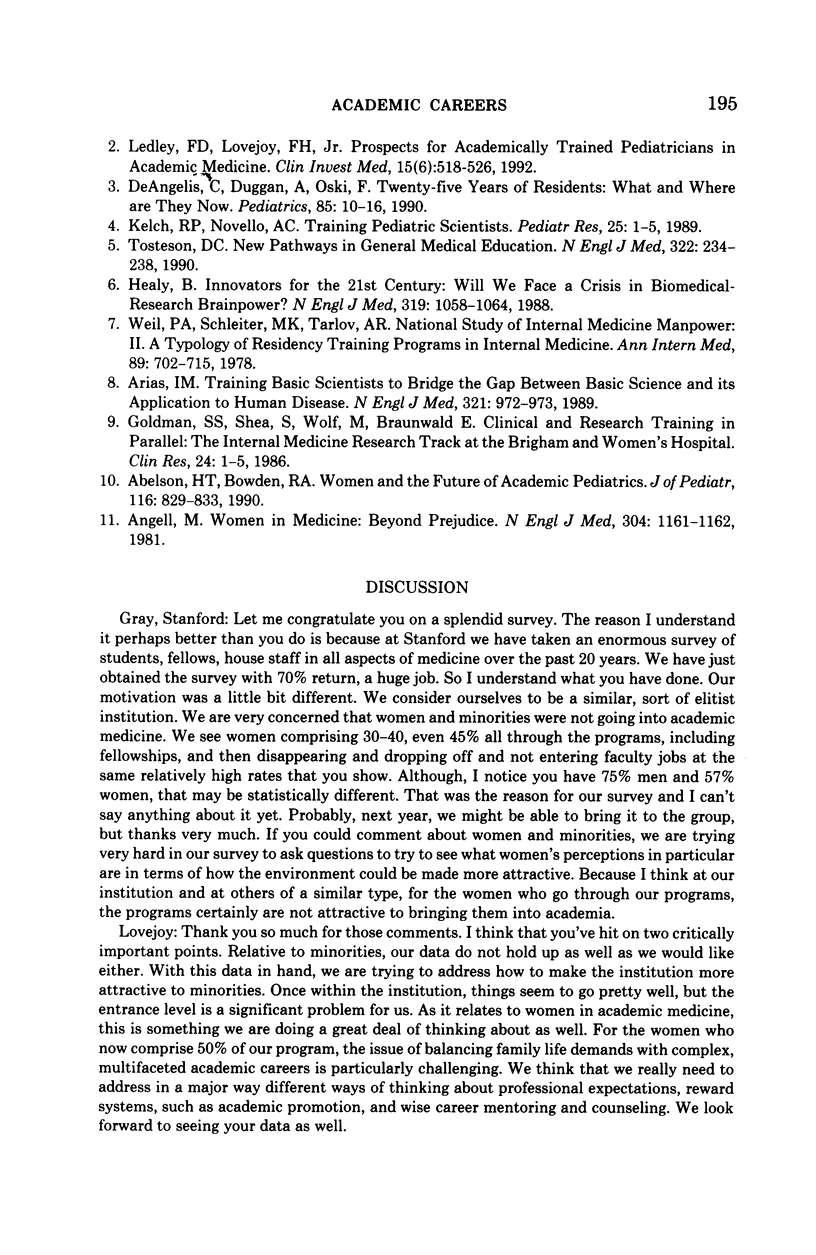
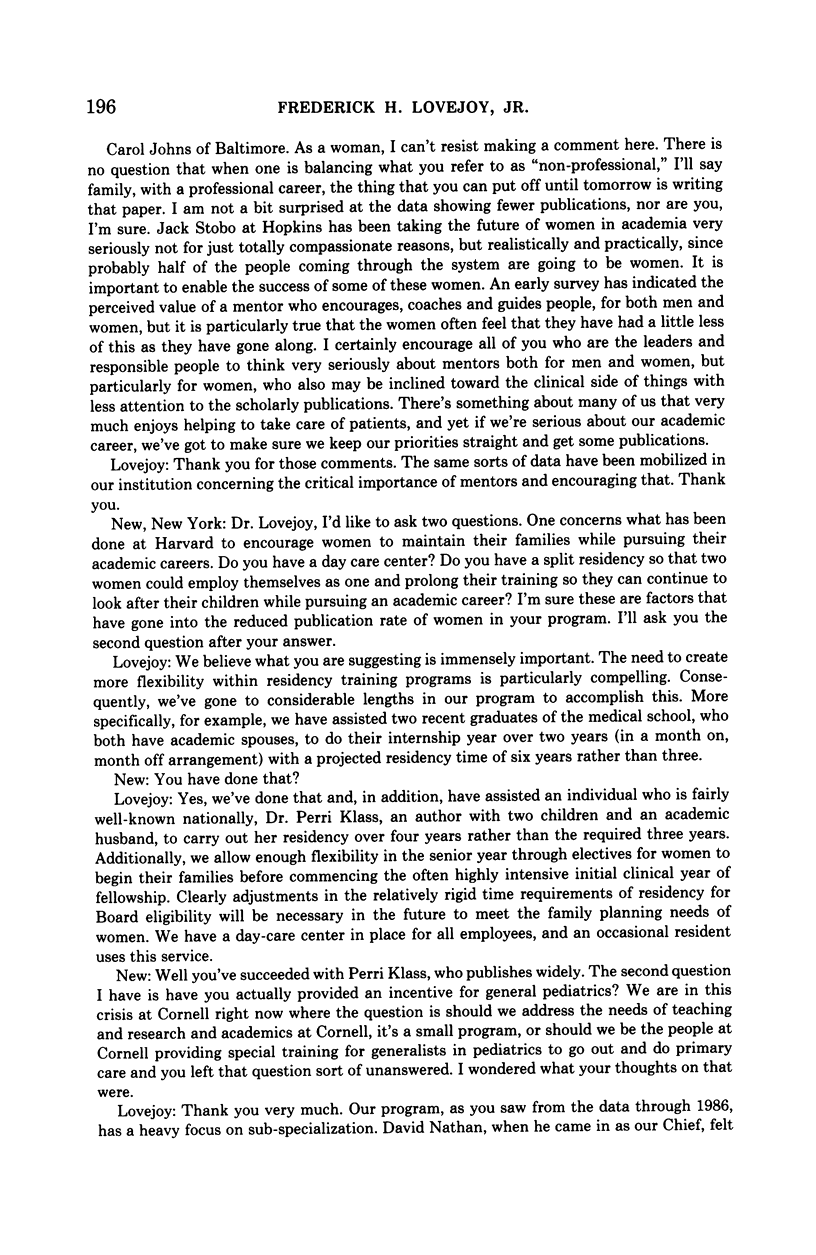
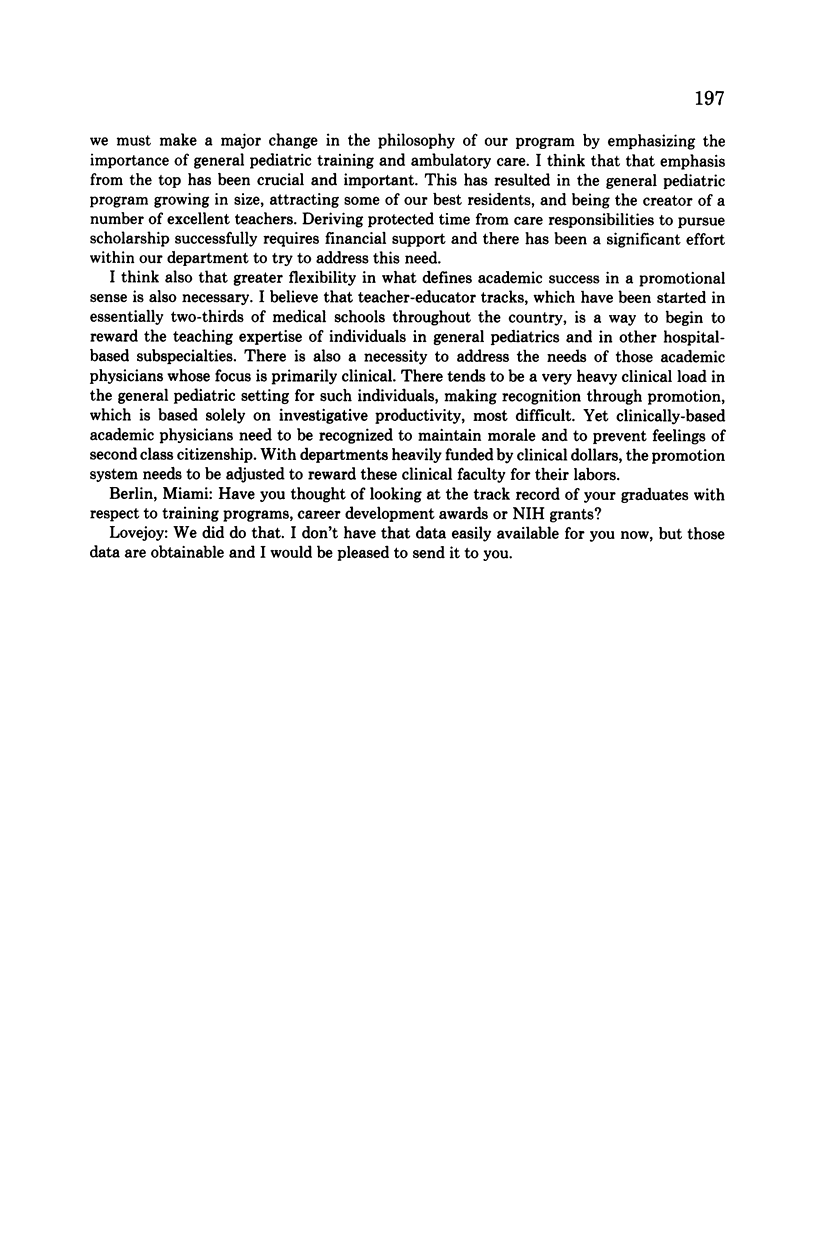
Selected References
These references are in PubMed. This may not be the complete list of references from this article.
- Abelson H. T., Bowden R. A. Women and the future of academic pediatrics. J Pediatr. 1990 May;116(5):829–833. doi: 10.1016/s0022-3476(05)82681-2. [DOI] [PubMed] [Google Scholar]
- Angell M. Women in medicine: beyond prejudice. N Engl J Med. 1981 May 7;304(19):1161–1162. doi: 10.1056/NEJM198105073041908. [DOI] [PubMed] [Google Scholar]
- Arias I. M. Training basic scientists to bridge the gap between basic science and its application to human disease. N Engl J Med. 1989 Oct 5;321(14):972–974. doi: 10.1056/NEJM198910053211412. [DOI] [PubMed] [Google Scholar]
- DeAngelis C., Duggan A., Oski F. Twenty-five years of residents: what and where are they now. Pediatrics. 1990 Jan;85(1):10–16. [PubMed] [Google Scholar]
- Goldman L., Shea S., Wolf M., Braunwald E. Clinical and research training in parallel: the Internal Medicine Research Residency Track at the Brigham and Women's Hospital. Clin Res. 1986 Jan;34(1):1–5. [PubMed] [Google Scholar]
- Healy B. Innovators for the 21st century: will we face a crisis in biomedical-research brainpower? N Engl J Med. 1988 Oct 20;319(16):1058–1064. doi: 10.1056/NEJM198810203191605. [DOI] [PubMed] [Google Scholar]
- Ledley F. D., Lovejoy F. H., Jr Prospects for academically trained pediatricians in academic medicine. Clin Invest Med. 1992 Dec;15(6):518–526. [PubMed] [Google Scholar]
- Lovejoy F. H., Jr, Nathan D. G. Careers chosen by graduates of a major pediatrics residency program, 1974-1986. Acad Med. 1992 Apr;67(4):272–274. doi: 10.1097/00001888-199204000-00017. [DOI] [PubMed] [Google Scholar]
- Tosteson D. C. New pathways in general medical education. N Engl J Med. 1990 Jan 25;322(4):234–238. doi: 10.1056/NEJM199001253220405. [DOI] [PubMed] [Google Scholar]
- Weil P. A., Schleiter M. K., Tarlov A. R. National study of internal medicine manpower: II. A typology of residency training programs in internal medicine. Ann Intern Med. 1978 Nov;89(5 Pt 1):702–715. doi: 10.7326/0003-4819-89-5-702. [DOI] [PubMed] [Google Scholar]


